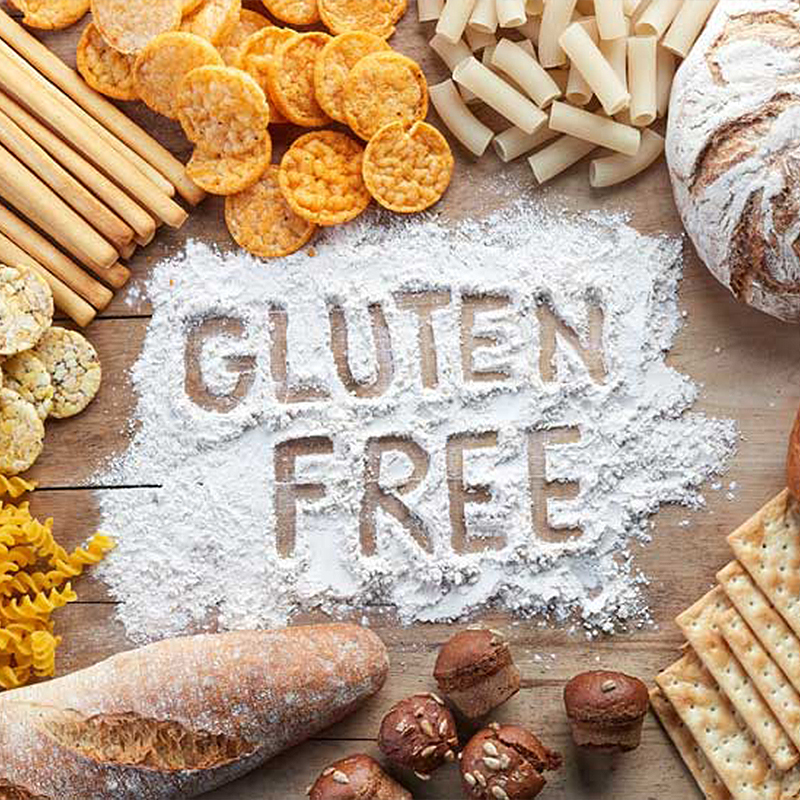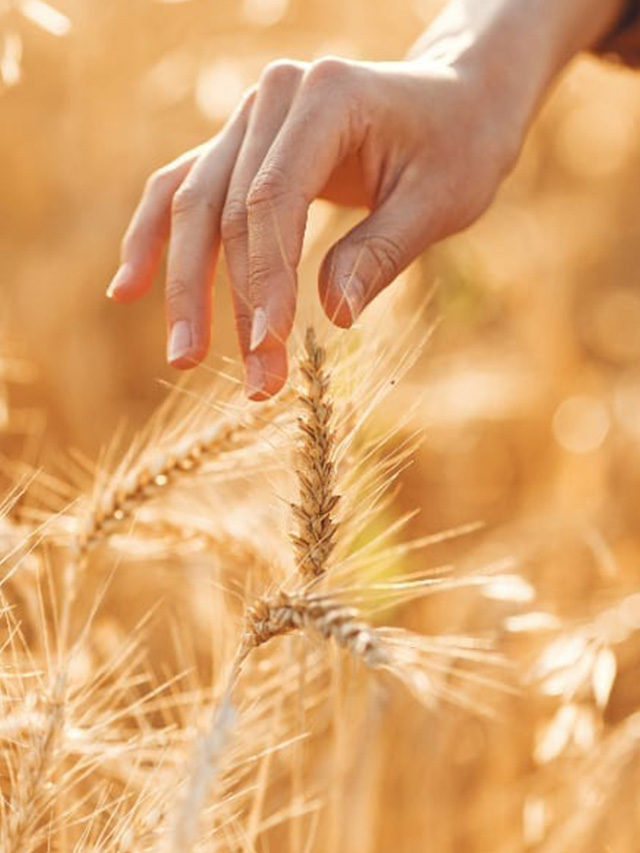With the year nearly coming to an end, we’ve all reached the point where we promise ourselves to eat healthier and cleaner starting next year! While this sounds promising, we often get confused with the various fad diets thrown at us this time of the year. It reaches a point where it gets overwhelming, and we are not able to follow through with it.
We at TC46 are here to give you some clarity about the same with the help of Ms Minal Shah, Senior Nutrition Therapist, Fortis Hospital, Mumbai. Here she talks about some common questions people have about the Gluten Free Diet and Lifestyle.
1. What is gluten intolerance and what are its signs?
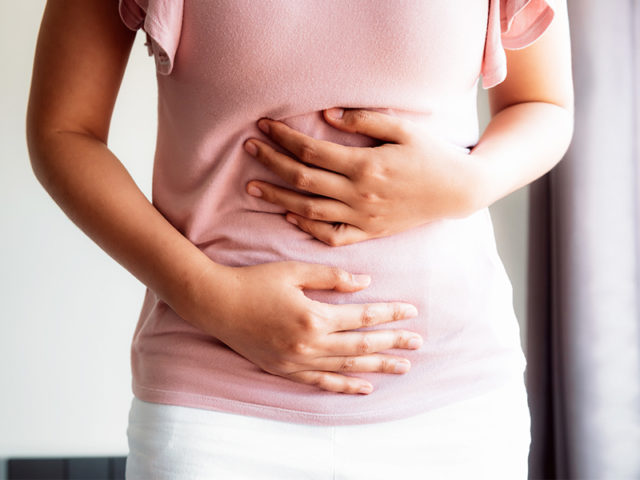
Gluten Sensitivity or Intolerance is a condition that causes a person to react after ingesting Gluten, a protein found in Wheat, Barley and Rye. When one is Gluten Intolerant, there’s inflammation in the linings of the small intestine, resulting in compromised nutrient absorption, leading to leaky gut on chronic irritation. A chronic inflammation causes a heightened immune reaction. The inflammation causes gut Dysbiosis leading to absorptive losses of critical nutrients like Proteins, Fats, Zinc, Vitamin D and Selenium. The most common signs and symptoms of Gluten Intolerance include:
- Bloating
- Abdominal pain
- Sudden weight loss
- Headache
- Diarrhea and constipation
- Skin related issues like psoriasis
- Fatigue
- Depression symptoms
Signs of Gluten Intolerance are often confused with many other medical conditions like wheat allergy and Celiac Disease. So, it is important to get tested to understand the cause of the symptoms & diagnose the gluten allergy.
2. How can one live without the staple chapatis in the Indian Diet?
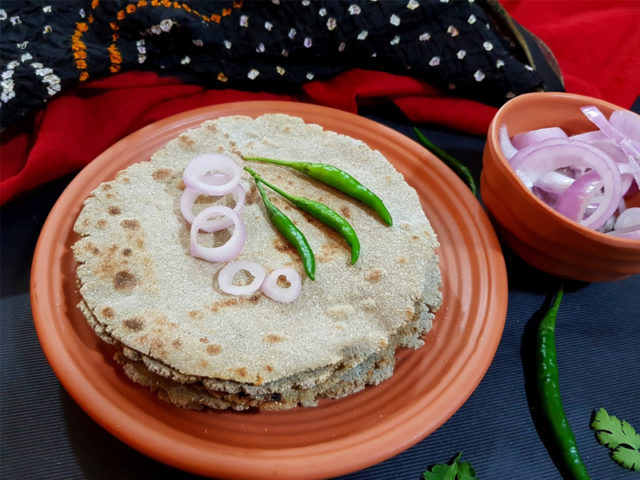
The Indian diet has a lot of variation for anyone who has to be on a Gluten-free diet. Chapati can easily be replaced by roti or bhakri made of Jowar, Bajara, Ragi, Rice or Amaranth seeds. Chapati can be replaced with rice preparations like Pulao, prepared Curd Rice, Khichdi, etc. Confused about jowar roti vs wheat roti? Want to know which one to include for your diet? Check out here.
3. What are some other reasons you may choose to be gluten-free? (like PCOS, Diabetes, weight loss, gluten-free grains)

There is evidence that a Gluten-free diet may have a role in reducing Leptin and Insulin Resistance, thereby reducing adiposity gain and inflammation. Most of these are animal studies, the effect of Gluten-free diet in humans are still uncertain for Diabetes and Obesity. In conditions like PCOS, there is no research of Gluten-free diets having add-on benefits. Many women with PCOS report feeling better on a Gluten-free diet; however, this may be related to eating less refined carbohydrates, a Gluten sensitivity, or an underlying Hashimoto’s diagnosis. Studies have shown the benefit of following a Gluten-free diet with Hashimoto’s and other autoimmune conditions. The only change would be a reduced consumption of grains /carbohydrates which can also reduce the intake of fiber. Also, many Gluten-free food items have low fiber, are high in added sugar, have poor nutritional value, and can worsen Insulin Resistance & PCOS symptoms. It still needs further evaluation as a Gluten-free diet can have many nutritional deficiencies if not planned well.
4. What are Indian foods that are gluten free?
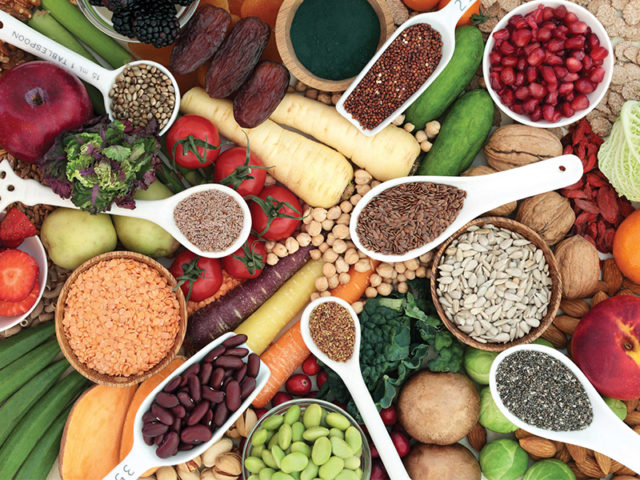
Indian meal is made of a few food groups like
- Cereal preparation like Rice, chapati, bhakri, which can be made from different cereals excluding Wheat. Even in the absence of Wheat, there can be a fair amount of fiber & nutrients
- Proteins: Dals and lentils are gluten free unless there’s cross-contamination
- Milk and milk products like Curd, Buttermilk, Paneer, Kheer, etc. can be added as well in a Gluten-free diet
- Lamb, Chicken, and Goat are the most common meats used in Indian dishes, due to a variety of religious dietary restrictions in India
- Vegetables: vegetables are Gluten-free included as salads and /or vegetable preparations along the cereal
Fortunately, most Indian food is naturally Gluten-free, as major staples include rice, veggies, meats and features beans & legumes like Chickpeas and lentils. Indian food dishes vary from region to region.
5. Please share some gluten free diet substitutes.
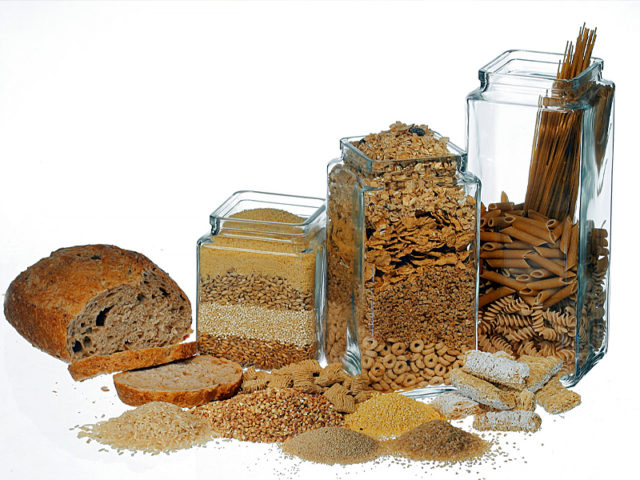
There are many Gluten-free options available like Rice, Jowar, Bajara, Rajgira, Ragi, Til seeds, Quinoa, Soya, vegetables, fruits, nuts, milk, Eggs, poultry, fish, meat, fats and oils, sugar etc. There are plenty of food items that can be included for a Gluten-free diet like simple bhakri with veg or dal, Khichdi with Kadhi, Dosa, Idli, Ragi Roti, Rajgira chapati, Bhel to fancy preparations like Biryani, Rasgulla, Rasmalai, Neer Dosa, Khaman, etc.
6. Is being gluten free healthy to follow?
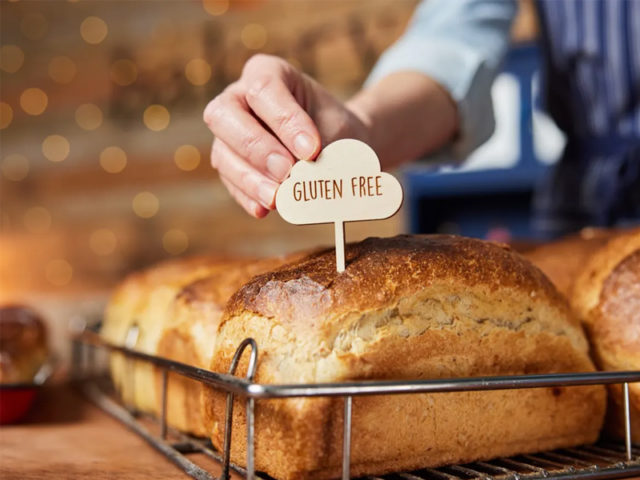
Gluten-free diet for those indicated can be as healthy as a normal diet, based on the choices made. It can be a balanced meal when planned well, ensuring all the nutrient requirements are met.
7. Which flour can be used instead of wheat /atta/ maida?
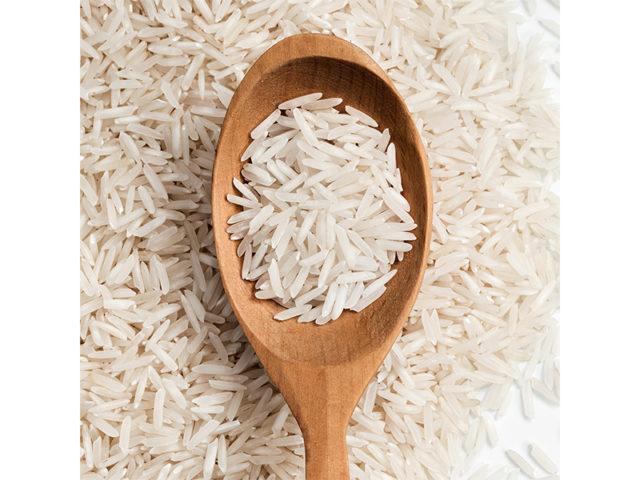
There are various flour options made from Rice, Jowar, Bajara, Ragi, Amaranth, Tapioca, Soya and even Almond flour, Coconut flour and Chickpea flour is an option.
8. How does going gluten-free affect your body?
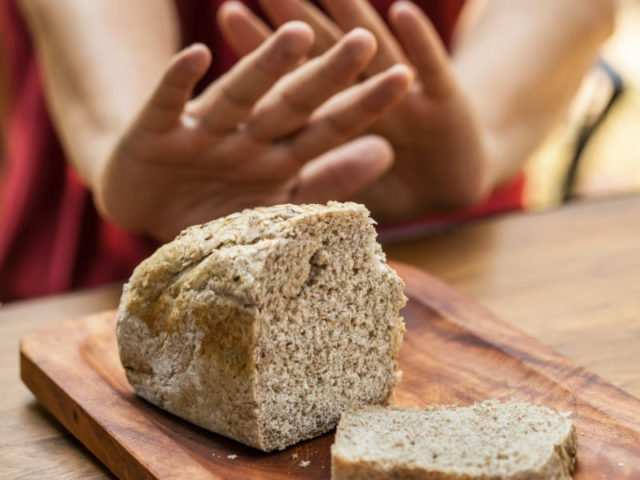
Those who are Gluten Intolerant will benefit from a Gluten-free diet. As the inflammation reduces, it will help. It is important to note that Gluten is a problem only for those who react negatively to it or test positive for Celiac Disease. Most people can and have eaten Gluten most of their lives, without any adverse side effects.
9. Who should not give up gluten
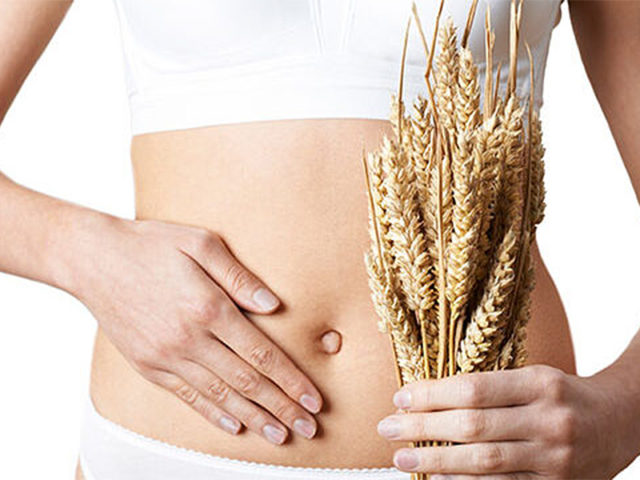
Gluten needs to be avoided for anyone who is diagnosed with Gluten-related medical conditions like Celiac Disease, non-Celiac Gluten Sensitivity, Gluten Ataxia and Wheat allergy. A Gluten-free diet is popular among the diet trends followed across the globe for weight loss, PCOS, improved cardiovascular health, etc. but it needs further evaluation by research to conclude the benefits if any.
10. Can one lose weight on a gluten free diet?

Weight loss can be achieved on a well-planned diet and a good exercise routine. Restricting Gluten does not ensure weight loss. Gluten-free diet if not planned well can lead to weight gain as well.
Some studies suggest that those who follow a Gluten-free diet consume more carbohydrates and sugar, higher fat consumption (due to the replacement of Gluten-containing flour and grains with fats). However, participants in this study reported similar consumption of macronutrients in both groups.
A Gluten-free diet may not always be healthier than a Gluten-containing diet. A processed food labeled Gluten-free can still be junk, full of refined carbohydrates and unhealthy additives. It’s still about making the right choices and choosing a high fiber diet with good protein, low fat and ensuring good energy expenditure will help achieve good results.
To eat Gluten or to give it up is completely your preference. But whatever the final take is, please always do your own research on the diet you are about to take on. What works on one may not work on the other, and that’s okay!
There are various flour options made from Rice, Jowar, Bajara, Ragi, Amaranth, Tapioca, Soya and even Almond flour, Coconut flour and Chickpea flour is an option. These also form the base of vrat ka khana. Check out Navratri fasting rules and recipes here.

